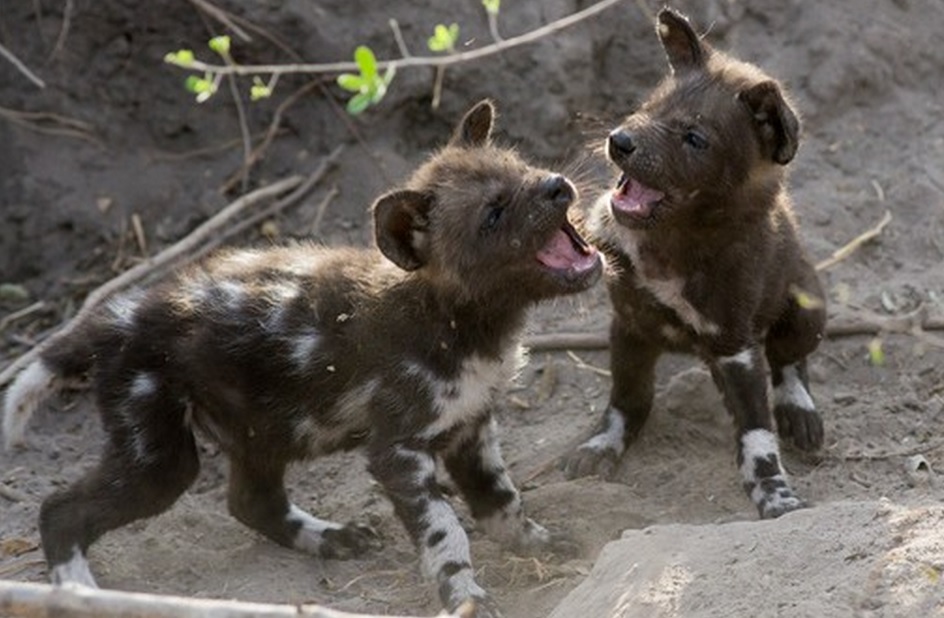

PLoS ONE 9(6):Įditor: John Goodrich, Panthera, United States of America Understanding that larger carnivores affect the movements and space use of other carnivores is important for managing current small and fragmented carnivore populations, especially as reintroductions and translocations are essential tools used for the survival of endangered species, as with African wild dogs.Ĭitation: Darnell AM, Graf JA, Somers MJ, Slotow R, Szykman Gunther M (2014) Space Use of African Wild Dogs in Relation to Other Large Carnivores. However, wild dogs did not exhibit spatial or temporal avoidance of spotted hyenas, likely because wild dog pack sizes were large enough to adequately defend their kills. Wild dogs avoided lions, particularly during denning, through a combination of spatial and temporal avoidance. Using locations of large carnivores in Hluhluwe-iMfolozi Park, South Africa, we found different responses from wild dogs to their two main competitors.

High competition among large African carnivores, associated with extensive diet overlap, manifests in interactions between subordinate African wild dogs ( Lycaon pictus) and dominant lions ( Panthera leo) and spotted hyenas ( Crocuta crocuta). Interaction among species through competition is a principle process structuring ecological communities, affecting behavior, distribution, and ultimately the population dynamics of species.


 0 kommentar(er)
0 kommentar(er)
